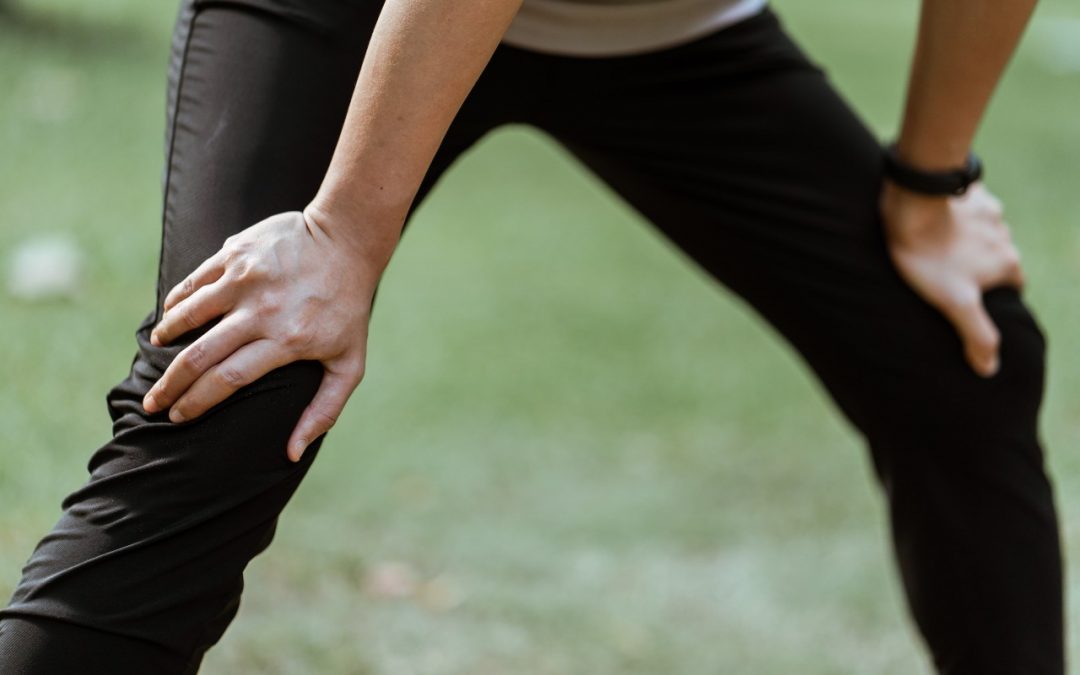All About the Knee
The anatomy of the knee is quite complex, incorporating several ligaments, bones, and tendons. Knee pain can affect people of any age and for any number of reasons. Pain in the knee can sometimes be attributed to sports injuries or with general wear and tear.
We have all listened to stories from our family and friends who have suffered from chronic knee pain, so this condition is very relatable to us. Often our loved ones may have to resort to knee replacement surgeries to ease their pain.
One of the most important orthopedic surgical advances in medicine in recent years has been the advent of knee replacement surgery. Knee replacement surgery was first performed in 1968, and the procedure and various options available for recovery have improved considerably over time.
Chronic Knee Pain
If you are suffering from chronic knee pain and your knee has been severely damaged by arthritis or injury, it may be difficult for you to perform simple activities such as walking or climbing stairs. Some people can even feel pain while they are sitting or lying down.
If medications, changing your activity level, and using walking supports are no longer helpful, many people choose total knee replacement surgery. Resurfacing the damaged and worn surfaces of the knee can relieve pain, correct leg deformity, and help you resume normal activities.
The most common conditions are ACL (Anterior Cruciate Ligament) or MCL (Medial Cruciate Ligament) sprains that require reconstruction or total knee replacements. These surgeries can be very painful and can take two to three weeks recovery before you can walk without crutches.
Other knee injuries include ligament tears, kneecap injuries, tibia fractures, and arthritis.
Take Preventative Measures
The good news is that there are some simple exercises that you can do to help keep your knees strong. They include the hamstring stretch, calf stretch, straight leg raise, and quad exercise. See detailed instructions on this page.
There are a variety of physician-approved stretches and exercises that you can perform to build strength and flexibility in your knees, and you can complete these anytime and anywhere. They are designed to work your hamstrings, quadriceps, glutes, and hip muscles. These exercises can also be performed post-surgery during recovery and to build back your knee strength.
Hamstring Stretch
Place hands above the knee.
Lean forward slowly.
Hold for 30 seconds.
Repeat 2 or 3 times.
Quad Set
With a straight leg, push the knee downwards.
Keep the foot pointed up.
Hold for 3 seconds.
Repeat 30 times, twice a day.
Calf Stretch
Get a towel, strap, or similar item.
Place strap around the ball of the foot.
Pull backwards while keeping the knee straight.
Hold for 30 seconds.
Repeat 2 or 3 times.
Straight Leg Raise
Start with a Quad Set, and then lift the leg straight up.
Keep the Quad flexed and the knee straight.
Use Caution
Do not feel like that you have to run a marathon or do strenuous workouts at the gym while building knee strength. Just remember to do be consistent with your personal regimen and keep it a low intensity workout. That is good enough to maintain good knee strength.
In addition, walking is a great low-impact activity that does not put too much stress on your knees and can help strengthen the muscles in that area.
FAQs
Q: Is cycling good to build knee strength?
A: Cycling is great for building knee strength. It makes your knee joint bend and stretch and helps to ease the movement of the joint. It also improves the muscle strength around the knee joint, which protects it from a jarring impact.
Q: Are there certain foods you can eat to make knees stronger?
A: Consuming foods high in vitamin C is important in the formation of collagen, a major component of knee cartilage. These foods can include citrus fruits, tomatoes, and red and green peppers. Also, greens such as broccoli are important. These recommendations come from the Cleveland Clinic.
Q: Do you have advice on how those over 50 can keep strong knees?
A: Choose low impact exercises and stretch your leg muscles often for a full range of motion. Be mindful of your recommended body weight and see a doctor if you have any injury or swelling of the knee.
AOA Orthopedic Specialists
If you are struggling with knee pain or want to make your knees stronger, reach out to the experts at AOA Orthopedic Specialists. Our doctors have years of experience to address all of your needs to help you live a healthier life! Contact us today to learn more.









